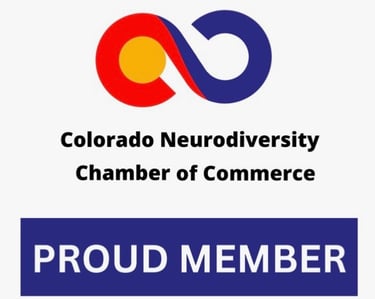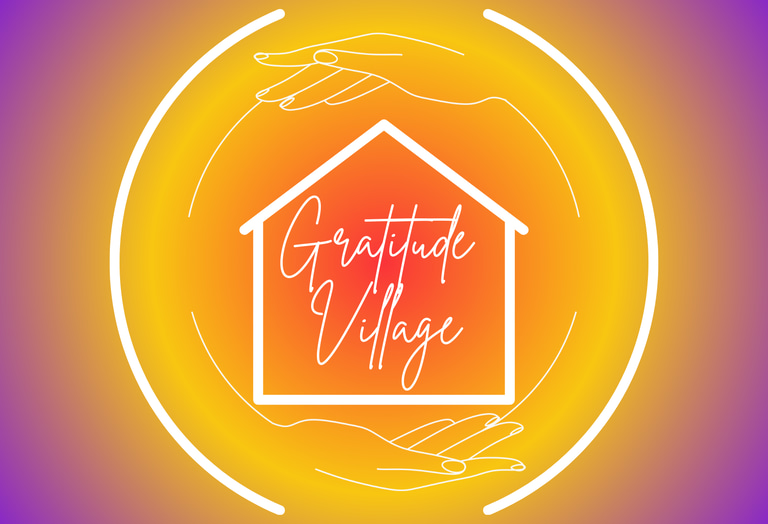Join our next Info Session December 16 from 5:30-6:30 MST Via Zoom (register for link)
Cohousing and Climate: Why It Matters Now
As climate change accelerates, more people are seeking sustainable, meaningful ways to live—and cohousing offers one of the most powerful and practical solutions. This blog explores how intentional communities like Gratitude Village Colorado are designed to reduce environmental impact while increasing connection, resilience, and affordability. If you’re searching for a way to align your values with how you live, cohousing and climate action go hand in hand—here’s why now is the time to make the shift.
Gratitude Village
7/2/20254 min read


We are living in a time of undeniable climate urgency. From record-breaking heatwaves and wildfires to water shortages and shrinking biodiversity, the planet is sending us clear signals that business as usual is no longer sustainable. But while these realities can feel overwhelming, they also invite us into new ways of thinking, living, and being together. One of the most promising responses to this challenge isn’t just found in individual action or policy change—it’s found in community. And cohousing offers a deeply hopeful path forward.
Cohousing is a model of living that prioritizes sustainability, connection, and shared resources. At its core, it’s about creating neighborhoods that are intentionally designed for cooperation rather than consumption. That means energy-efficient homes built close together, shared green spaces instead of sprawling lawns, and thoughtful planning that reduces our environmental footprint from the start. It’s not just better for the earth—it’s better for the people who call it home. And in cohousing, these two priorities are never at odds.
Gratitude Village is being designed as a response to the intersecting crises of climate change, disconnection, and housing insecurity. From the ground up, we are centering environmental responsibility in our vision. Our homes will meet Passive House and Net Zero standards—two of the highest benchmarks for energy efficiency and carbon reduction. But we’re not stopping at energy. We’re also exploring greywater systems, edible landscaping, permaculture gardens, and pollinator pathways to restore both land and community.
Living sustainably becomes simpler—and more joyful—when it’s done together. Instead of every household buying its own tools, appliances, and cars, cohousing encourages the sharing of resources. A shared electric vehicle, a communal bike shed, or a tool library can reduce waste and lower costs for everyone. Community meals reduce food waste, encourage plant-based cooking, and often use locally grown produce from on-site gardens. These collective choices ripple outward, creating more impact than isolated individual efforts.
But cohousing also changes our habits in ways we don’t always expect. When neighbors live close by and support one another, they naturally drive less, waste less, and consume less. When you can walk your kids to a friend’s home, attend a potluck instead of dining out, or garden with a neighbor on the weekend, life becomes less dependent on fossil fuels and convenience culture. In cohousing, green living is not a chore—it’s a shared rhythm that flows naturally from how the community is designed. Sustainability becomes not just a value, but a lived experience.
And while it’s tempting to focus on the technologies—solar panels, high-efficiency systems, reclaimed water—it’s the social systems that often make the biggest difference. Cohousing fosters a sense of shared responsibility for the land and for each other. When residents care about how their decisions affect their neighbors—and the generations to come—they tend to make choices that reflect long-term thinking. This is one of the most powerful antidotes to the short-term mindset driving much of our environmental harm. Community builds accountability, and accountability builds resilience.
At Gratitude Village, sustainability isn’t an add-on. It’s in the DNA of everything we do—from how our homes are designed to how we make decisions. That’s why we’re pursuing LEED certification for shared buildings, integrating native landscaping, and working with experts to minimize environmental impact throughout the development process. But we’re also focused on cultivating a culture of sustainability—one where people inspire and educate each other, where kids grow up knowing how to compost and care for the earth, and where green practices are normalized, not exceptional.
We also know that true sustainability must include affordability and accessibility. That’s why Gratitude Village is committed to a mixed-income model with permanently affordable homes and a focus on multigenerational inclusion. Climate solutions can’t only be for the wealthy. Everyone deserves a chance to live in a healthy, energy-efficient home, and to be part of a community where they feel supported and valued. When we build with equity and inclusion in mind, we not only reduce emissions—we reduce suffering.
This is especially critical for populations most impacted by climate change: low-income families, elders, and people with disabilities. These are the same groups often excluded from traditional housing models—and the very people we are prioritizing at Gratitude Village. By combining green design with universal accessibility, we’re creating a neighborhood where sustainability and compassion walk hand in hand. And by working together, we can model a path that other communities may one day follow.
The truth is, no single home or household can solve the climate crisis alone. But when we live in intentional communities rooted in shared values and mutual support, we become more than the sum of our parts. We become more resilient, more resourceful, and more connected to the planet and each other. Cohousing won’t fix everything—but it offers one of the most hopeful and holistic responses we have. It reimagines how we live on this earth—and how we care for it together.
At Gratitude Village, we believe the future is not only about lower emissions. It’s about deeper belonging, cleaner air, shared gardens, and the joy of knowing your choices matter. If you’re longing to live in alignment with your values—if you believe sustainability starts with community—we’d love to meet you. The future is still being written. Let’s create it, together.
COMMUNITY
Join us in embracing nature, diversity and connection.
Sustainability
DIVERSITY
info@gratitudevillageco.com
720-689-4821
© 2025. All rights reserved.
AFFORDABILITY
Gratitude Village Inc. is a 501(c)3 charitable corporation that values diversity, equity, and inclusion as essential to our mission
Subscribe to our Substack
Refund Policy




Gratitude Village is a Proud Member of these organizations
